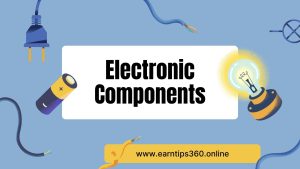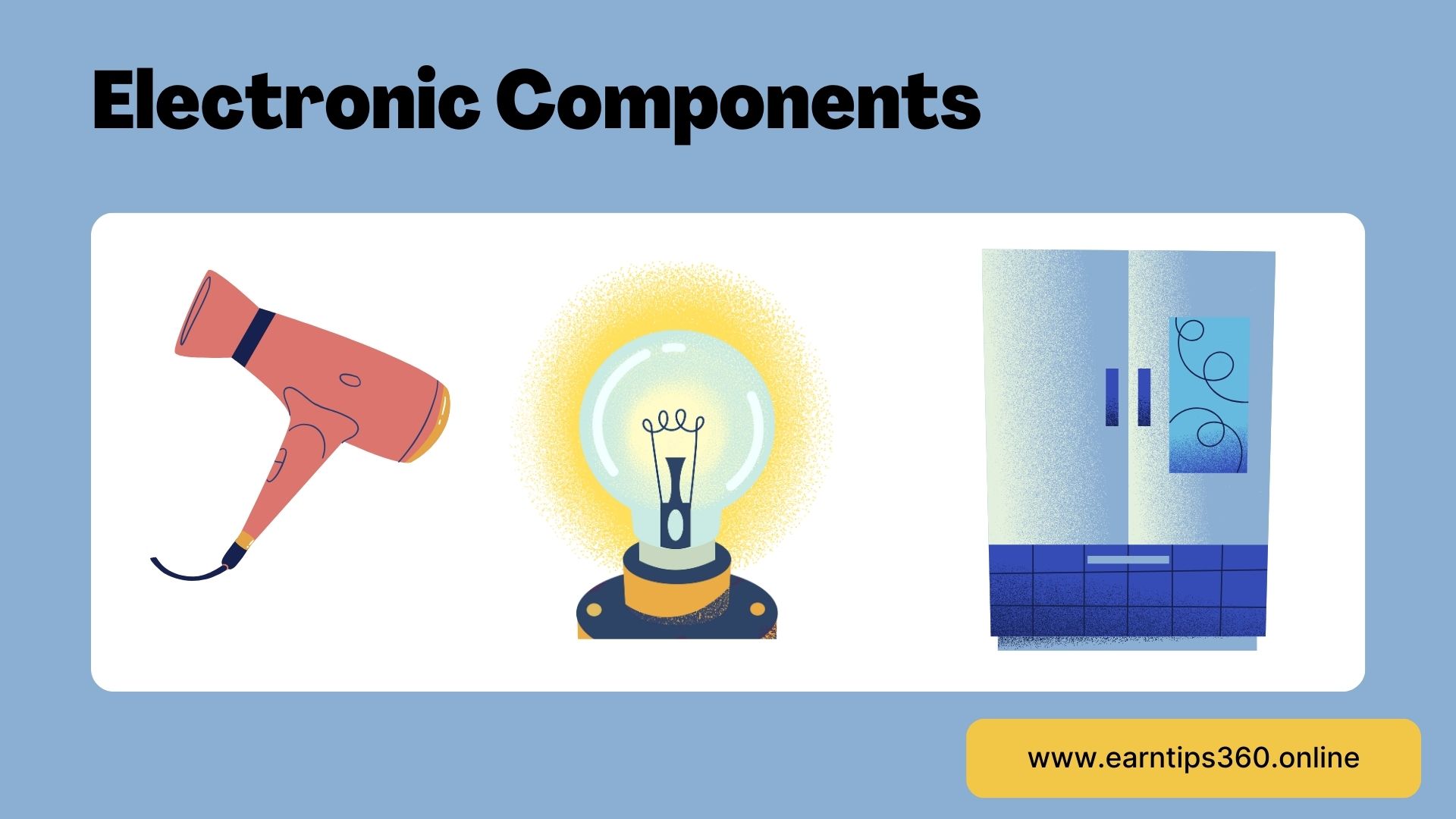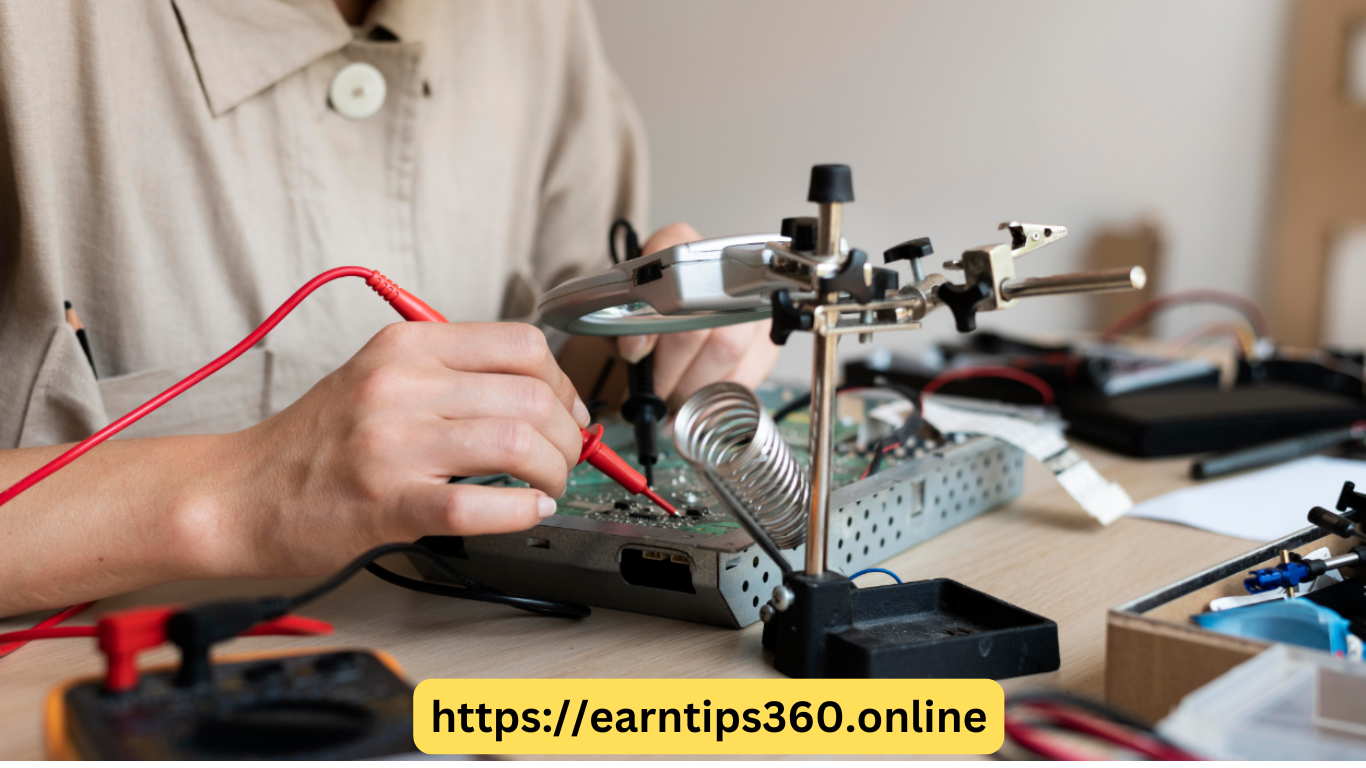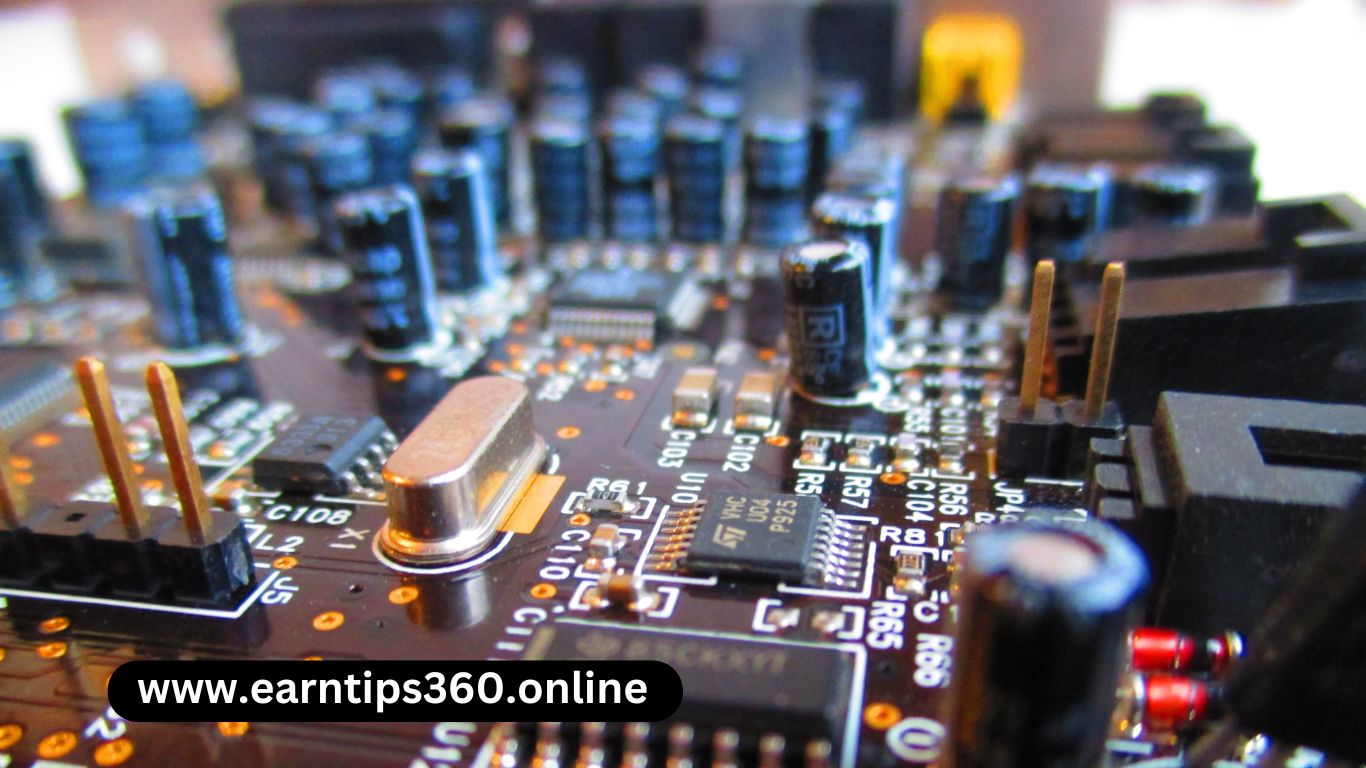In the ever-evolving landscape of technology, one sector continually emerges as both foundational and fascinating-the global electronic components market.
The latest statistics show that the global electronic components market was valued at USD 186.38 billion.
These components, varying from simple resistors to complex integrated circuits, are essential in devices like smartphone, computers, and sophisticated industrial machinery.
In this post, we’ll cover the types of electronic components, list their functions in the B2B sector and explain how they work together in various industries.
Types of Electronic Components

Electronic components can be categorized into two main types: active components and passive components.
Active Components
Active components can introduce energy into a circuit and can amplify or process electrical signals.
They are key to control and contain electrical power and information in a circuit.
Active components include:
- Transistors
- Diodes
- Integrated Circuits (ICs)
- Microprocessors
- Microcontrollers
- Operational Amplifiers ( Op-Amps)
Passive Components
passive electronic components cannot introduce energy into the circuit. They only consume or store energy.
passive components include:
- Resistors
- Capacitors
- Inductors
- Transformers
- Potentiometers
Active Components: Function and Usage
Active components enable functions such as amplification and signal processing.
The most common active components include:
Transistors: Transistors are the most essential active components in electronic circuits. They function primarily as switches. They can turn a signal on or off and amplify weak signals. They are widely used in circuit boards for computers and industrial machinery and integral in controlling operations and processing signals in transceivers and network equipment.
Diodes: Diodes allow current to flow in one direction, which is necessary for rectification and signal modulation. They are used in power supply units for converting AC to DC, in communication devices for signal demodulation, and in industrial automation for controlling current flow.
Integrated Circuits (ICs): ICs can perforn a vast array of functions, from simple timing tasks in a quartz watch to complex processing in a computer’s central processing unit. ICS are the brains behind most modern electronics, including computers, smartphone, and industrial control systems.
Microcontrollers: These are specialized ICs designed to control specific operations in an electronic device. They are commonly used in embedded systems for controlling machinery, in automotive electronics for managing functions like engine control, and in various IoT (Internet of Things) devices for smart industrial applications.
Operational Amplifiers (Op-Amps): Used in signal processing, Op-Amps can amplify a wide range of signal types. They’re used in industrial measurement and control instruments, in audio processing equipment, and in medical devices for signal amplification and conditioning.
Passive Components: Function and Usage
Passive components control, stabilize, and facilitate the flow of enectricity in a circuit.
The most common passive components include:
Resistors: Resistors resist the flow of electricity, helping to manage current and voltage levels within a circuit. They are used in manufacturing control circuits, power supply systems, and in telecommunications equipment for impedance matching and signal conditioning.
Inductors: Inductors store energy in a magnetic field. They are widely used in power supplies for filtering noise and in RF applications for signal processing. Inductors are also integral in the automative industry for electronic control systems.
Transformers: These components transfer electrical energy between two circuits without direct electrical connection. Transformers are key in power distribution networks, in medical imaging equipment, and in audio systems for impedance matching.
Potentiometers: As variable resistors, potentiometers enable the manual adjustment of resistance in a circuit. They are commonly used in industrial control panels for setting levels or calibration, in professional audio equipment for volume control, and in automotive dashboards for adjusting various setting.










